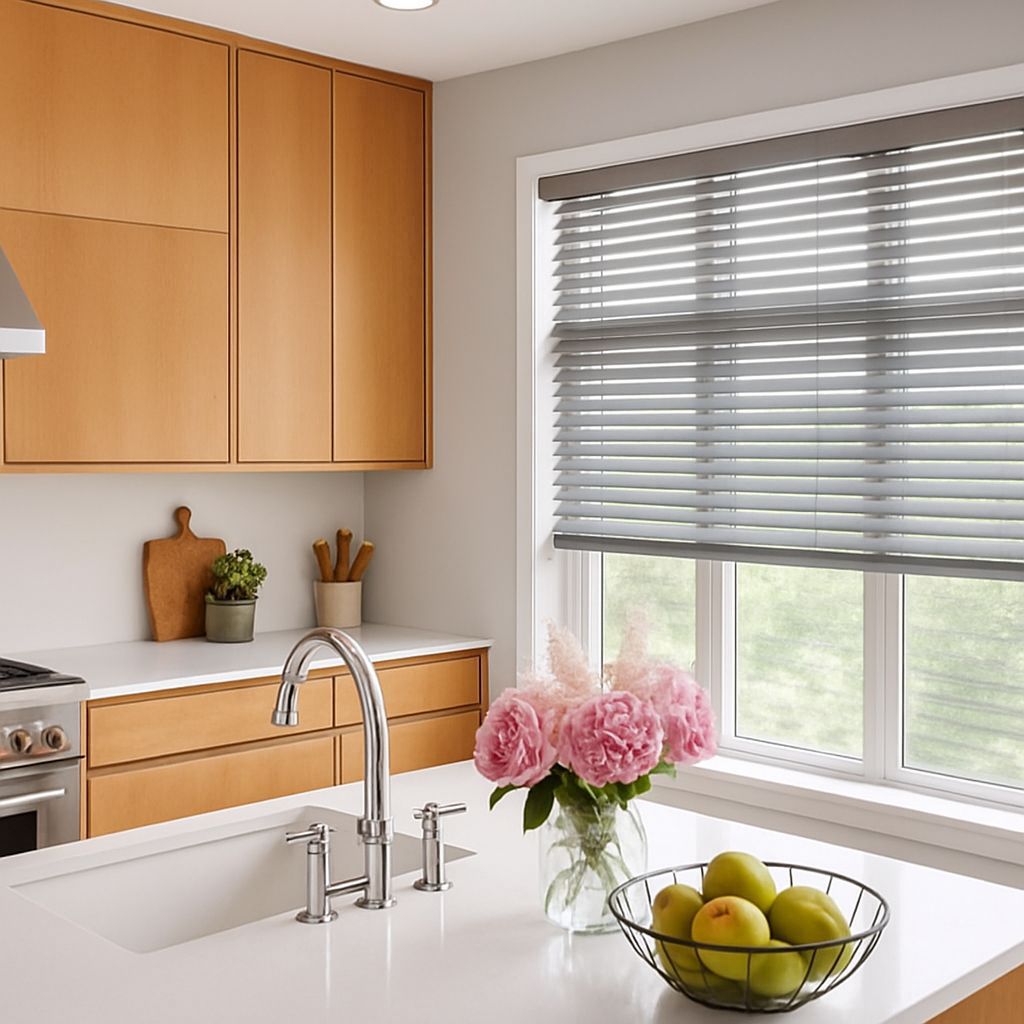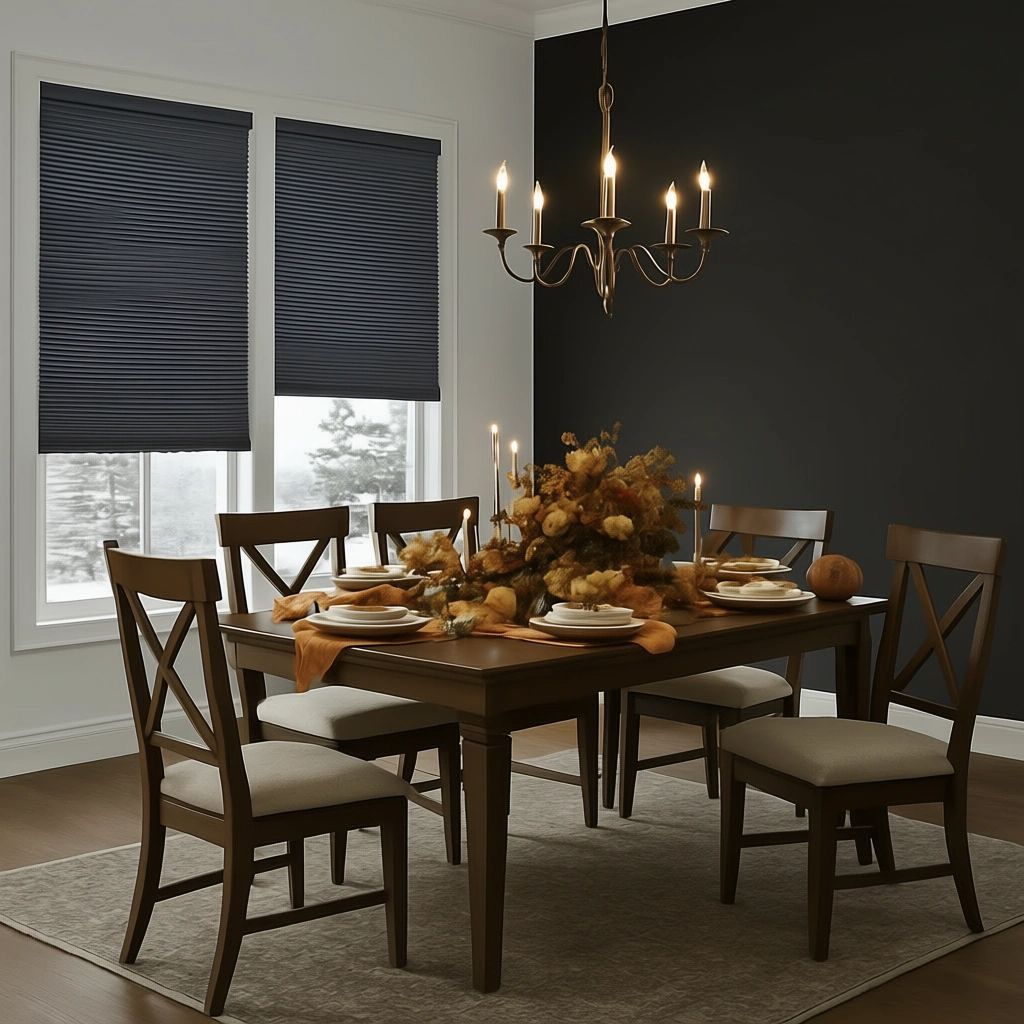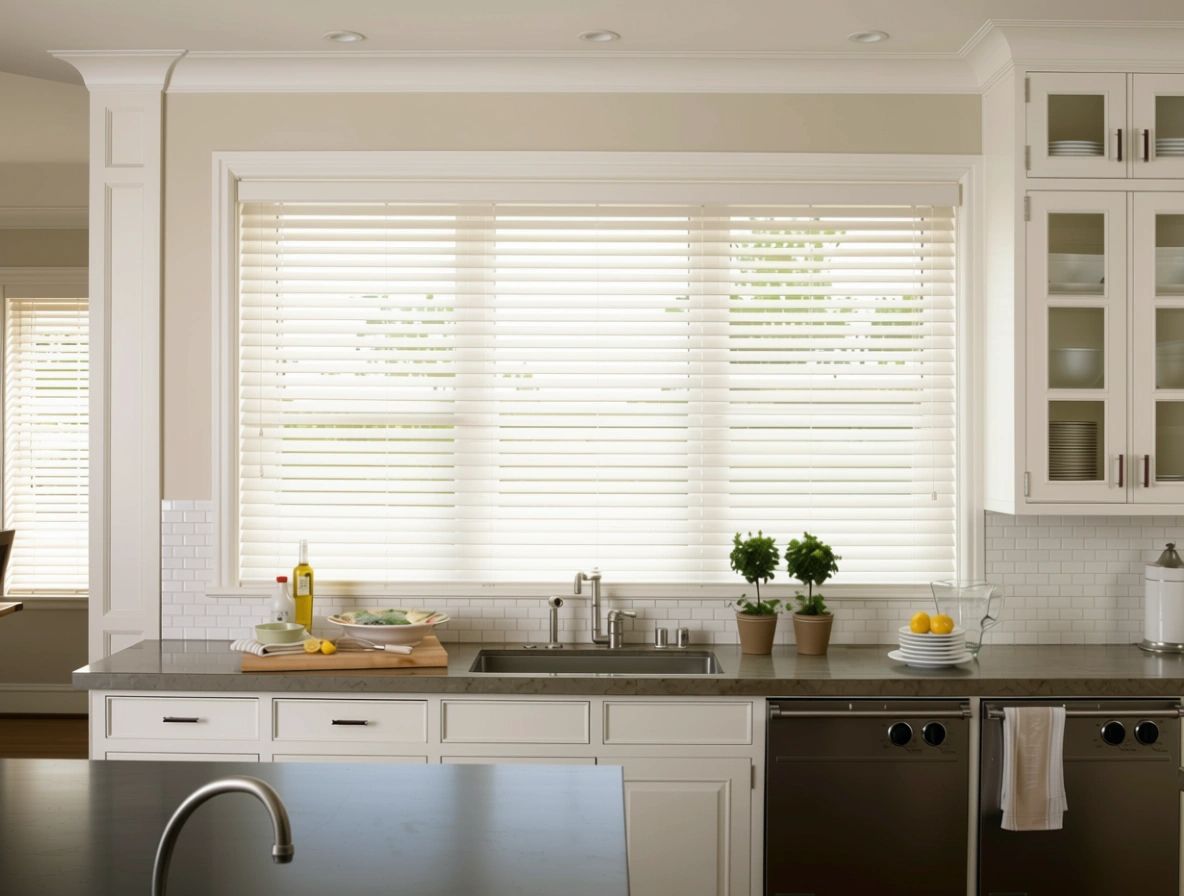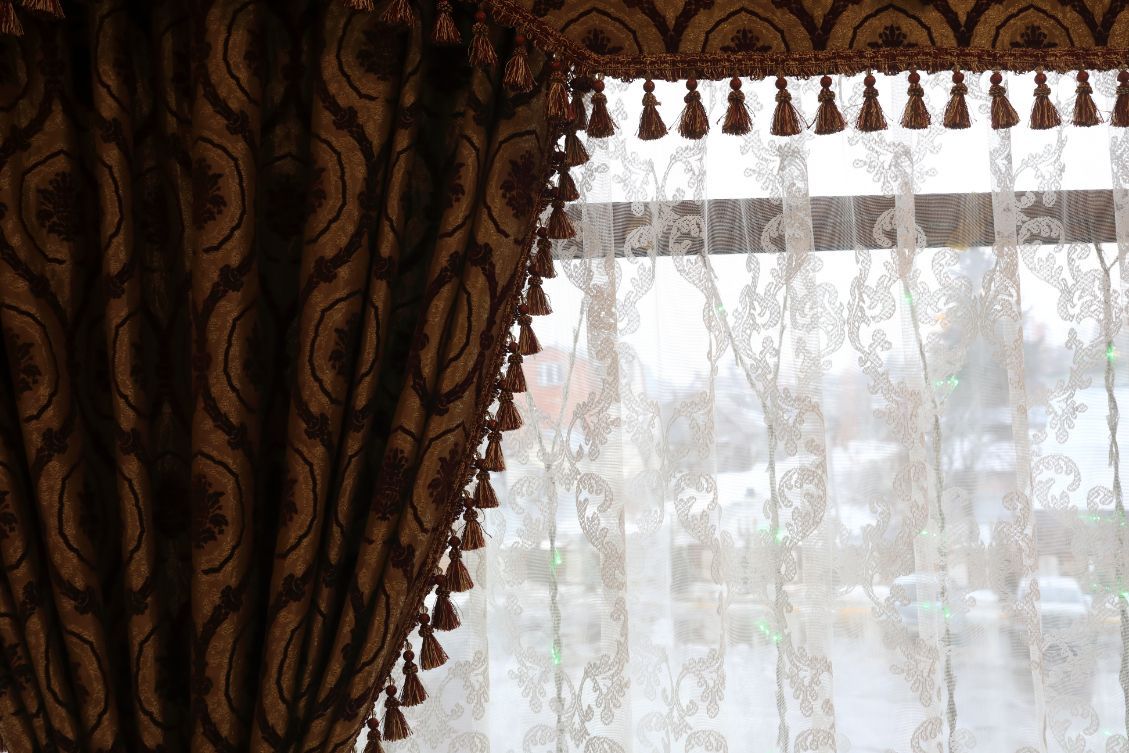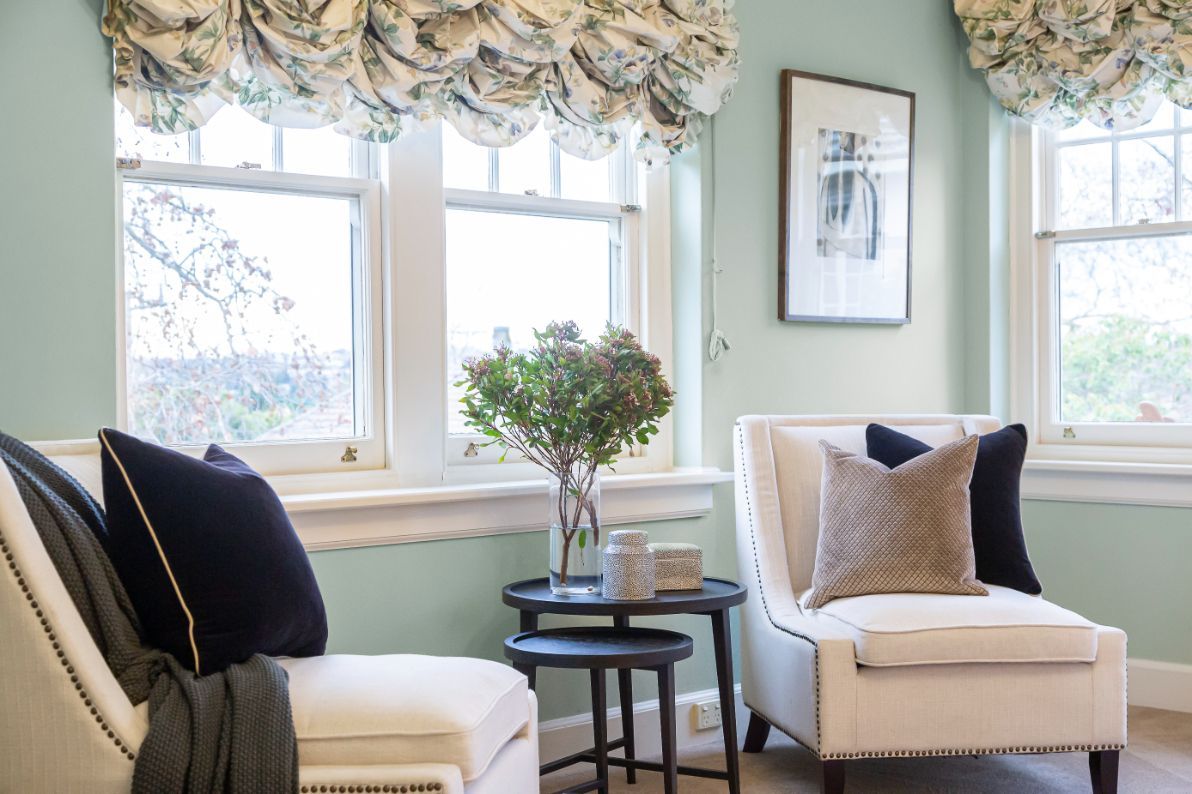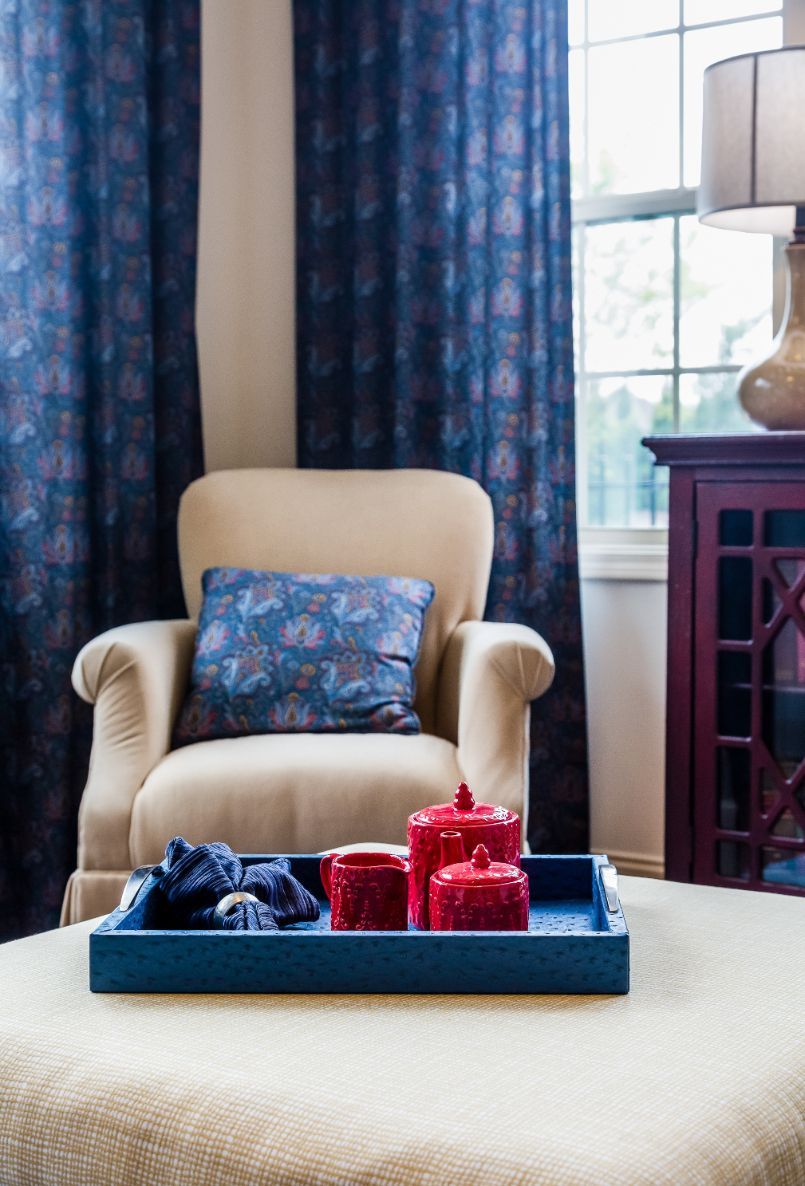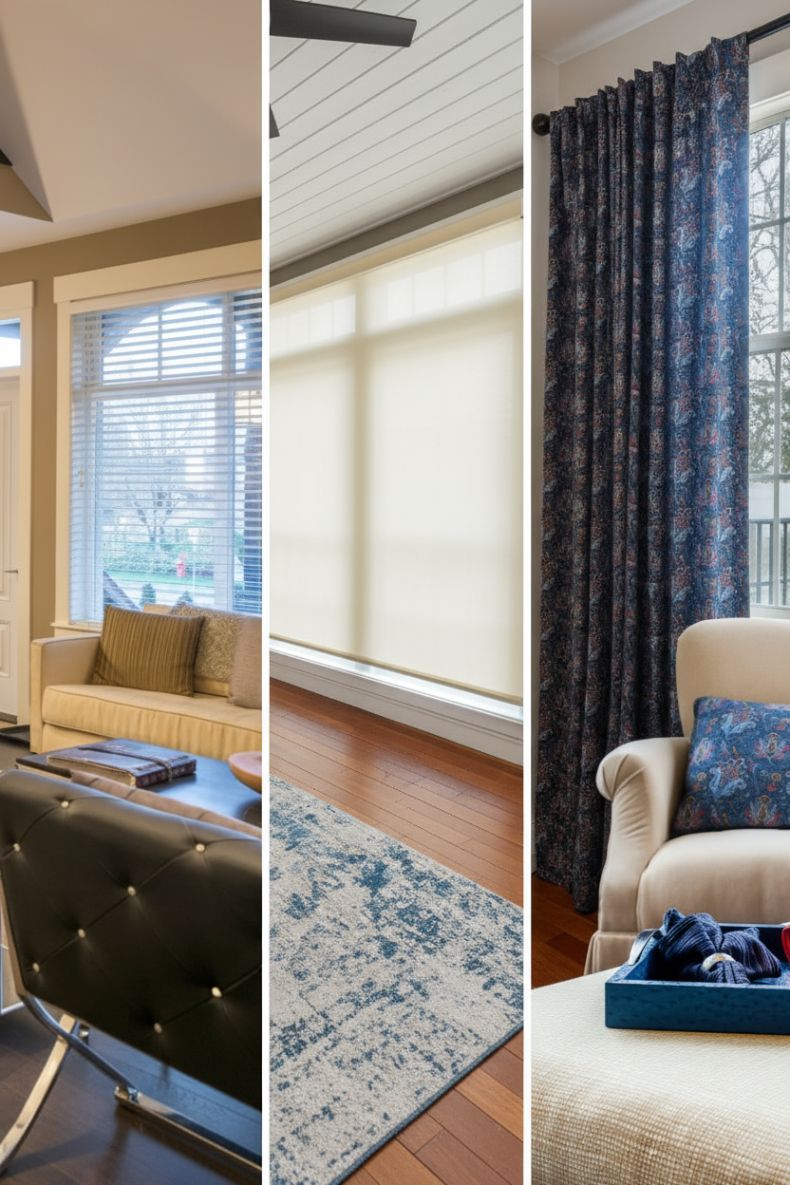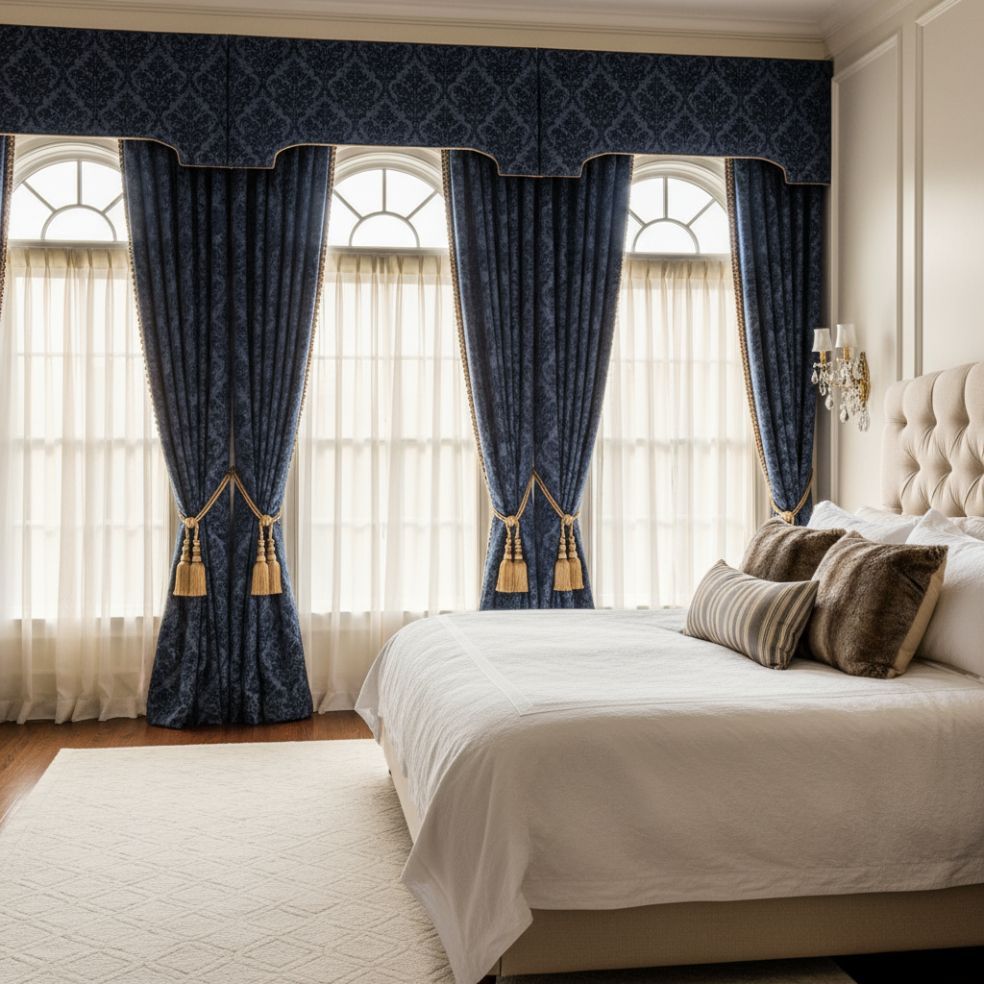How to Choose Window Treatments That Complement Your Furniture and Flooring
TLDR;
The best way to choose
window treatments that complement your furniture and flooring is to match undertones, coordinate textures, and align styles across all elements in the room. Select treatments that balance color contrast, support your functional needs, and create a seamless design flow.
Why Coordination Matters for Your Home Design
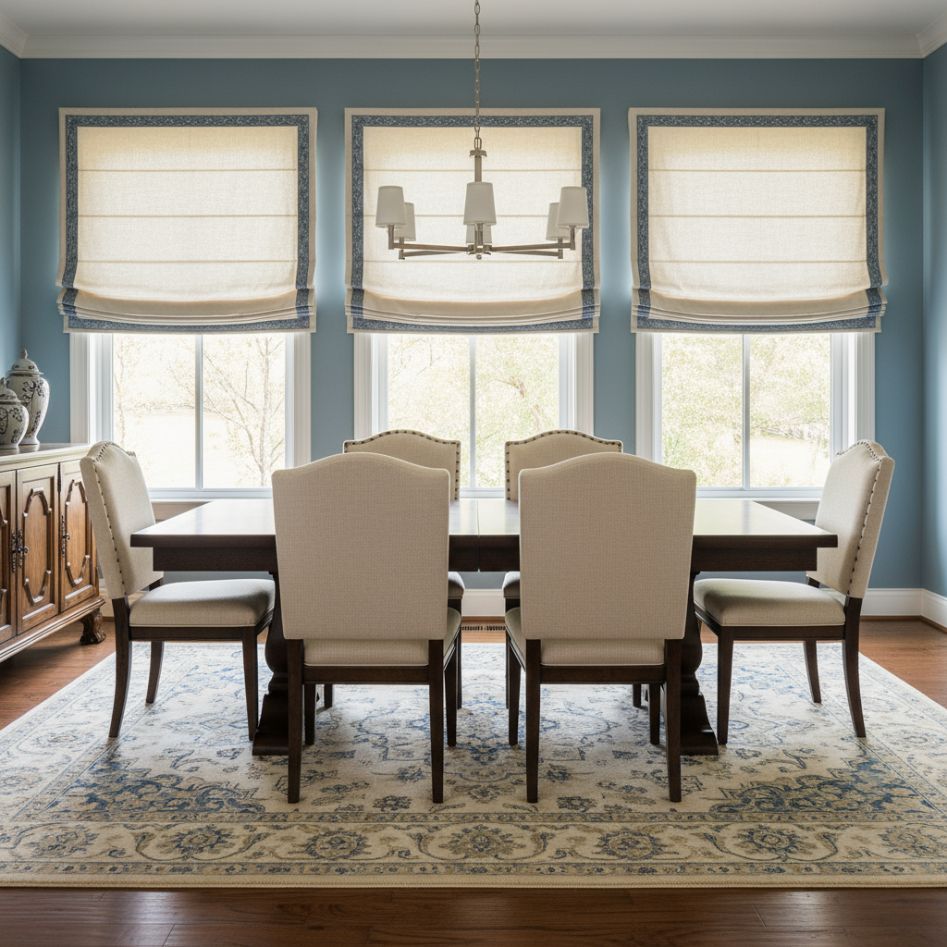
Matching your window treatments to your furniture and flooring creates a balanced and polished look. Without coordination, even expensive pieces can look mismatched. When colors, textures, and styles work together, your room feels intentional and cohesive.
Enhancing visual harmony across furniture, flooring, and windows
Visual harmony comes from aligning key design elements. This means your drapes, blinds, or shades should feel like a natural extension of your furniture and flooring choices.
Functional benefits: light control, privacy, insulation, and energy efficiency
Beyond aesthetics, well-chosen treatments help regulate light, improve privacy, and support energy savings. Options like lined drapes or
cellular shades can cut heat loss in winter and keep interiors cooler in summer.
Understanding Your Room’s Existing Design Elements
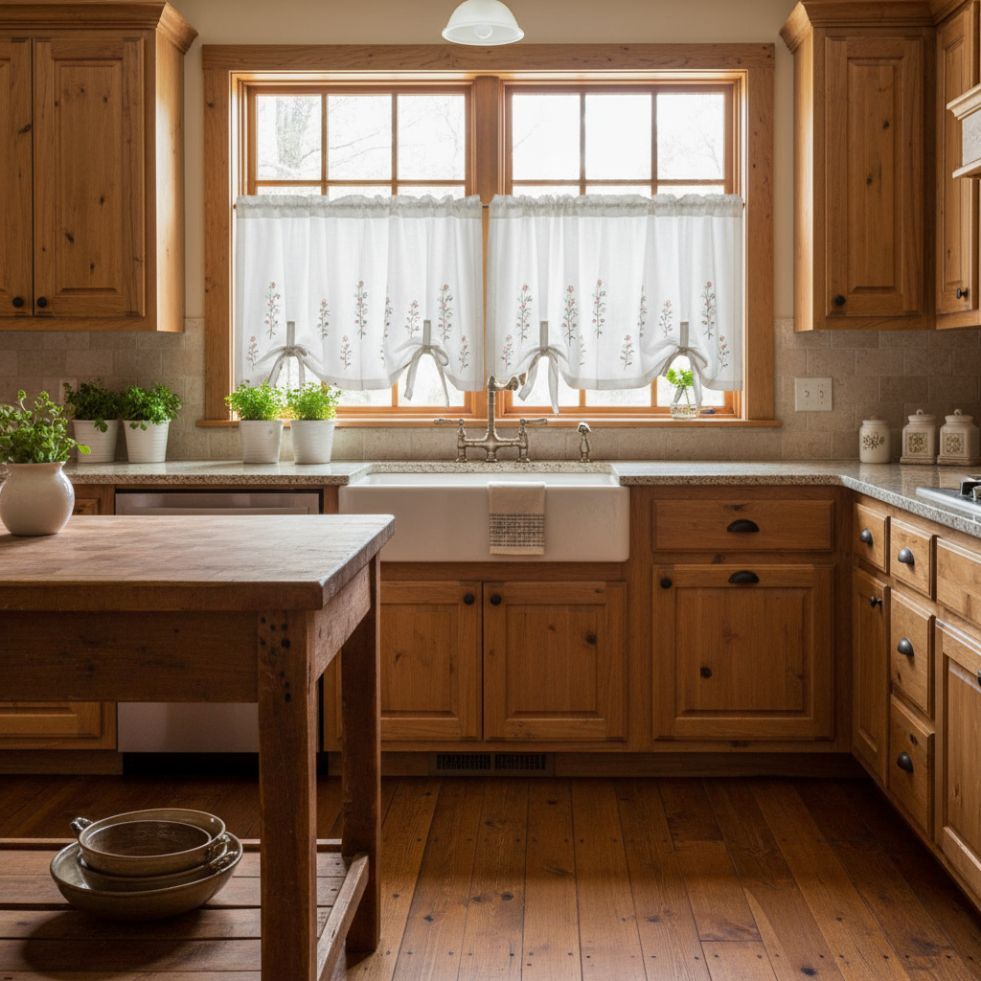
Color palette: undertones of flooring and furniture
Identify whether your floors and furniture have warm, cool, or neutral undertones.
- Warm tones: gold, red, orange
- Cool tones: blue, gray, green
- Neutral: beige, taupe, off-white
Select treatments that share or complement these undertones for consistency.
Texture harmony between furniture fabrics and window treatment materials
Texture influences how a room feels.
- Smooth leather furniture pairs well with crisp linen or silk drapes
- Soft upholstered sofas match with plush velvet or layered sheers
- Rustic wood furniture complements woven wood shades or textured linen
Style alignment — modern, traditional, rustic, eclectic
Match the style of your treatments to your room’s overall theme.
- Modern:
Roller shades, minimalist drapes
- Traditional: Tailored curtains, plantation shutters
- Rustic: Woven wood, linen panels
- Eclectic: Mixed patterns with a unifying color palette
Matching Window Treatments with Flooring
Hardwood floors
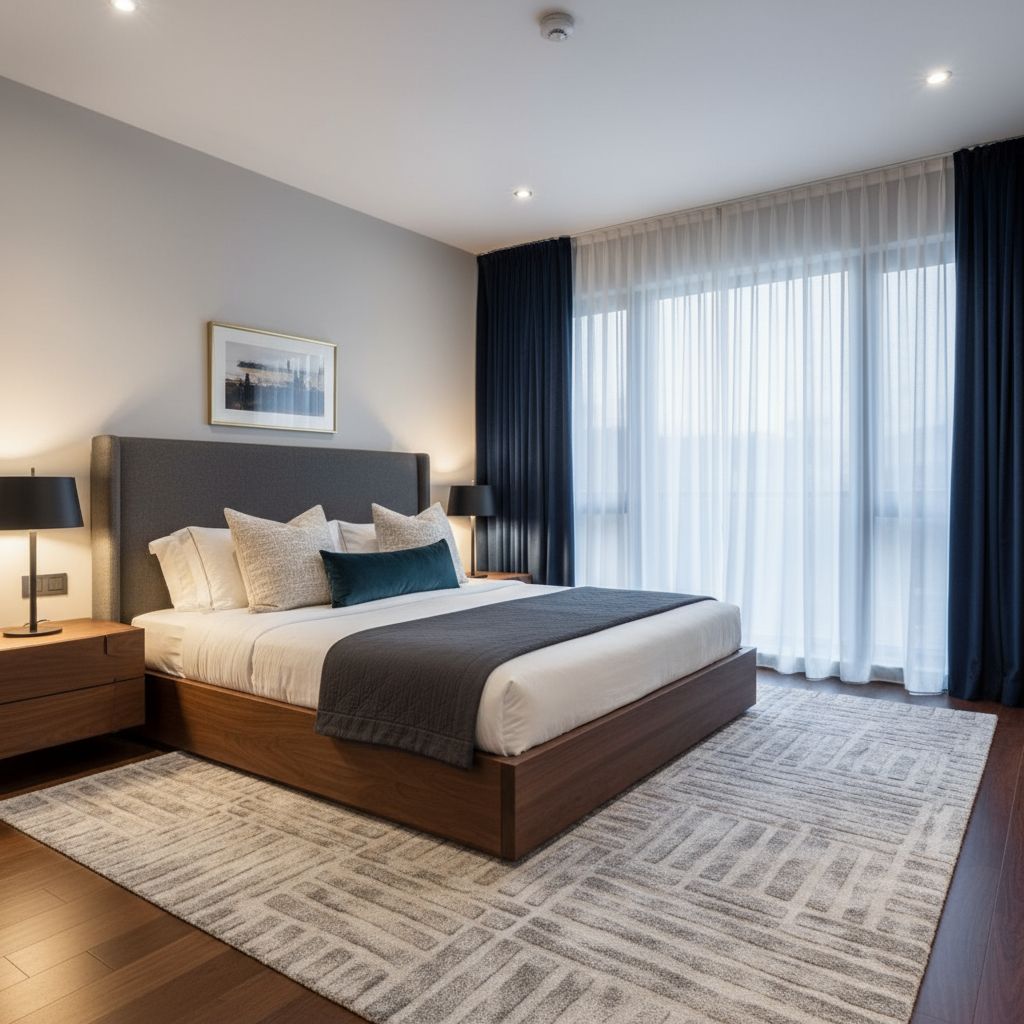
- Light wood floors: Use bold or darker treatments for contrast
- Dark wood floors: Choose lighter or neutral treatments to balance heaviness
Carpeted floors
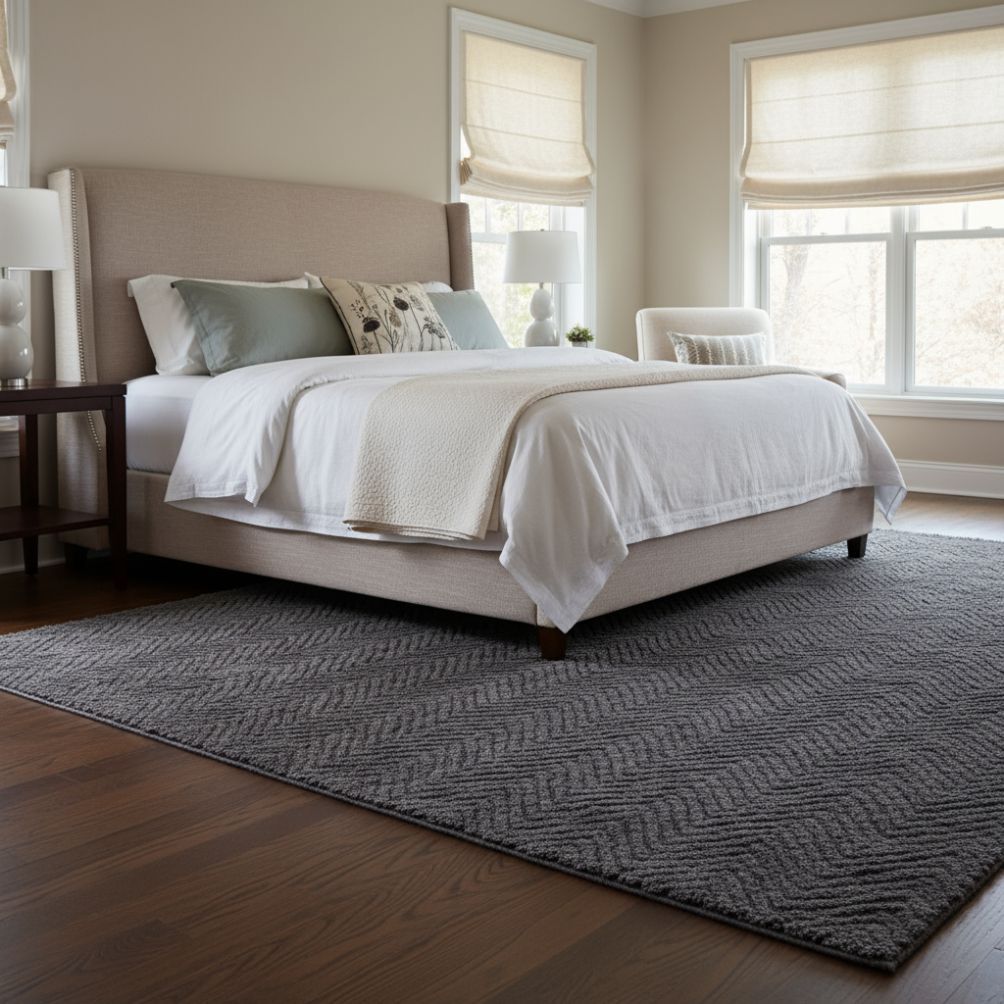
- Patterned carpet: Solid treatments to avoid visual overload
- Solid carpet: Opportunity for patterned or textured window coverings
Tile and stone flooring
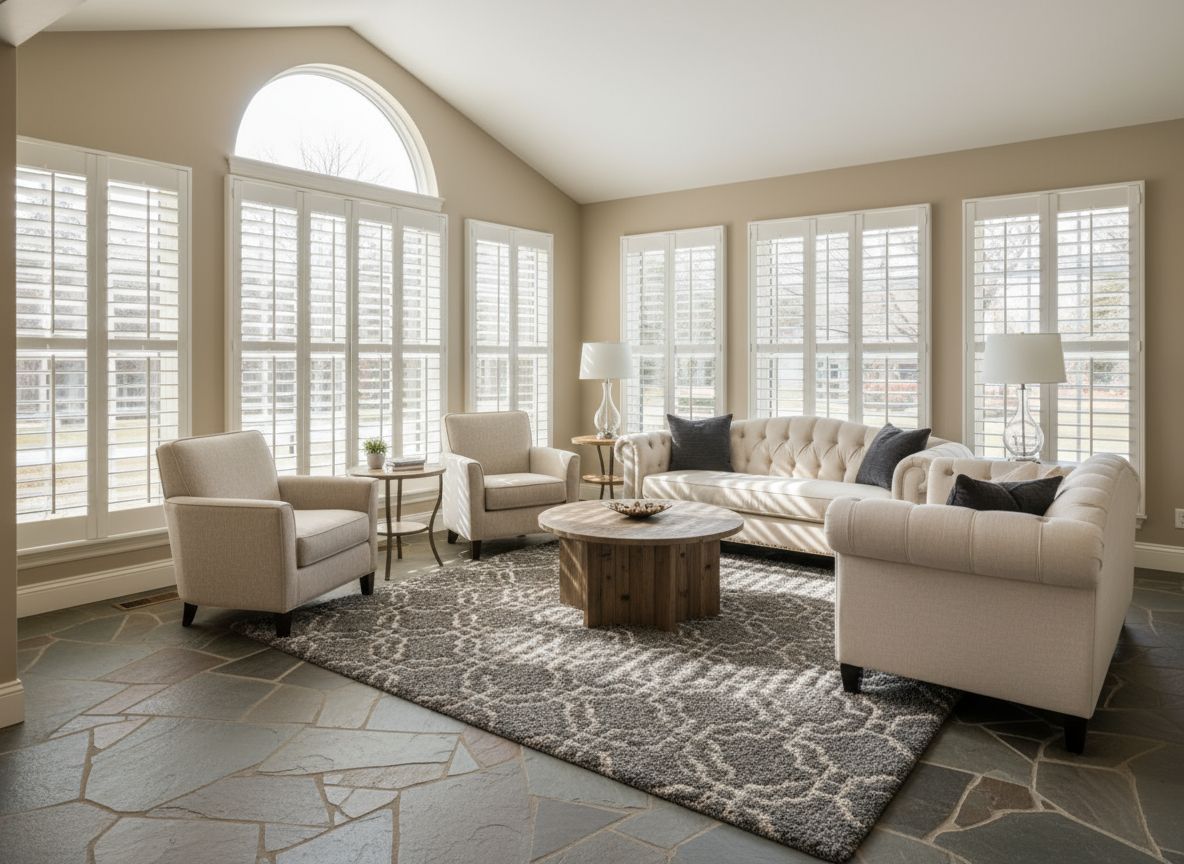
- Cool-toned tiles: Pair with cool or neutral-colored treatments
- Warm-toned tiles: Choose natural shades like beige or soft browns
Floor type vs. best treatment style
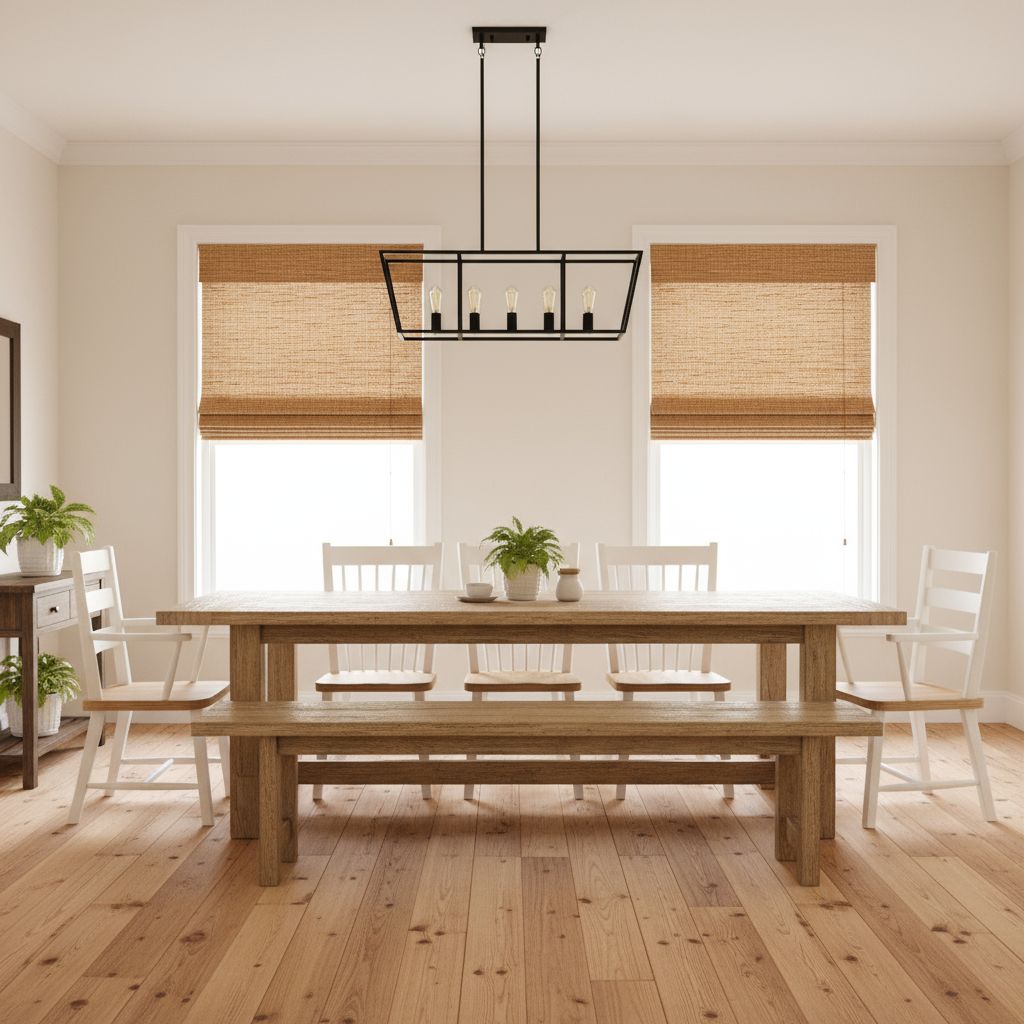
- Hardwood: Roman shades, drapery panels
- Carpet: Layered curtains, cellular shades
- Tile: Sheer drapes, woven wood shades
Coordinating Window Treatments with Furniture Styles
Wood furniture — light vs. dark
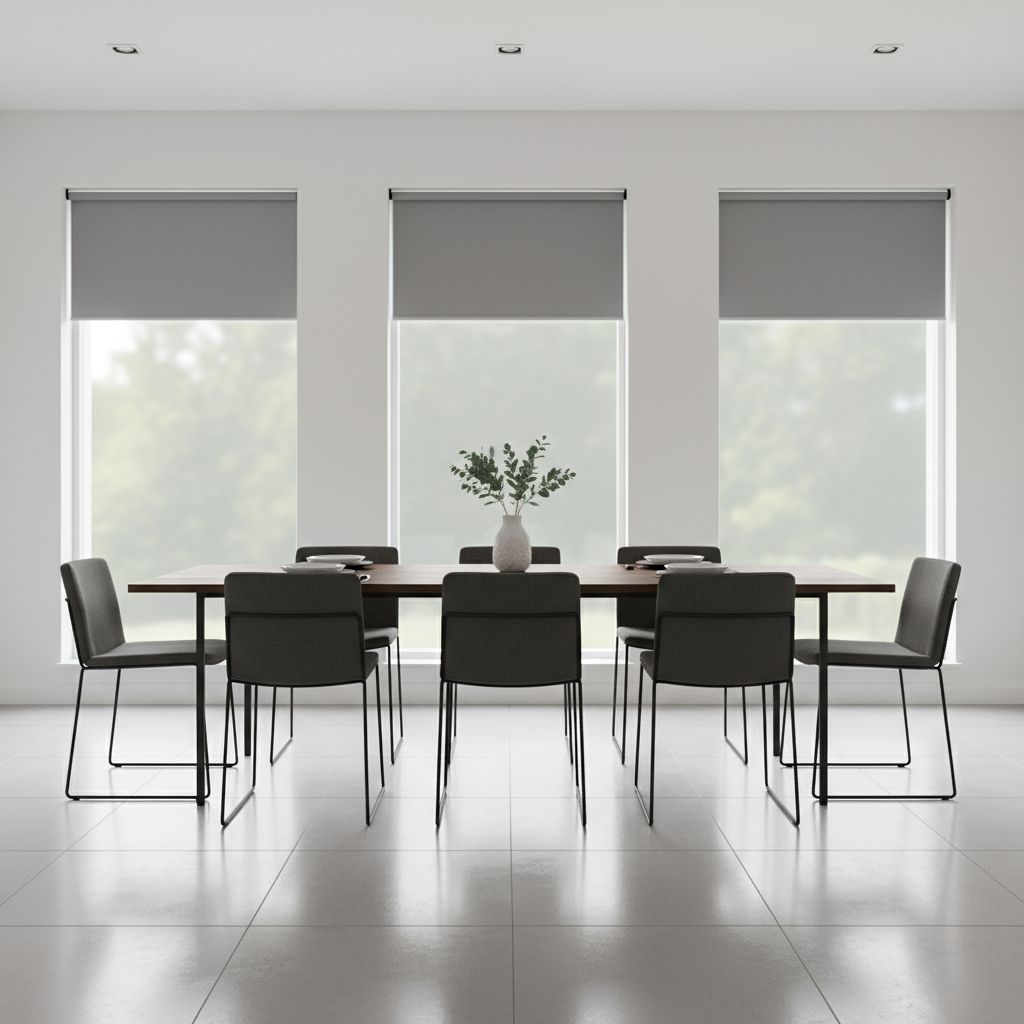
- Light wood: Dark or patterned treatments for depth
- Dark wood: Light fabrics for contrast
Upholstered furniture — patterned vs. solid
- Patterned sofa: Keep
window treatments simple and solid
- Solid sofa: Introduce pattern or texture in treatments
Leather, metal, or glass elements
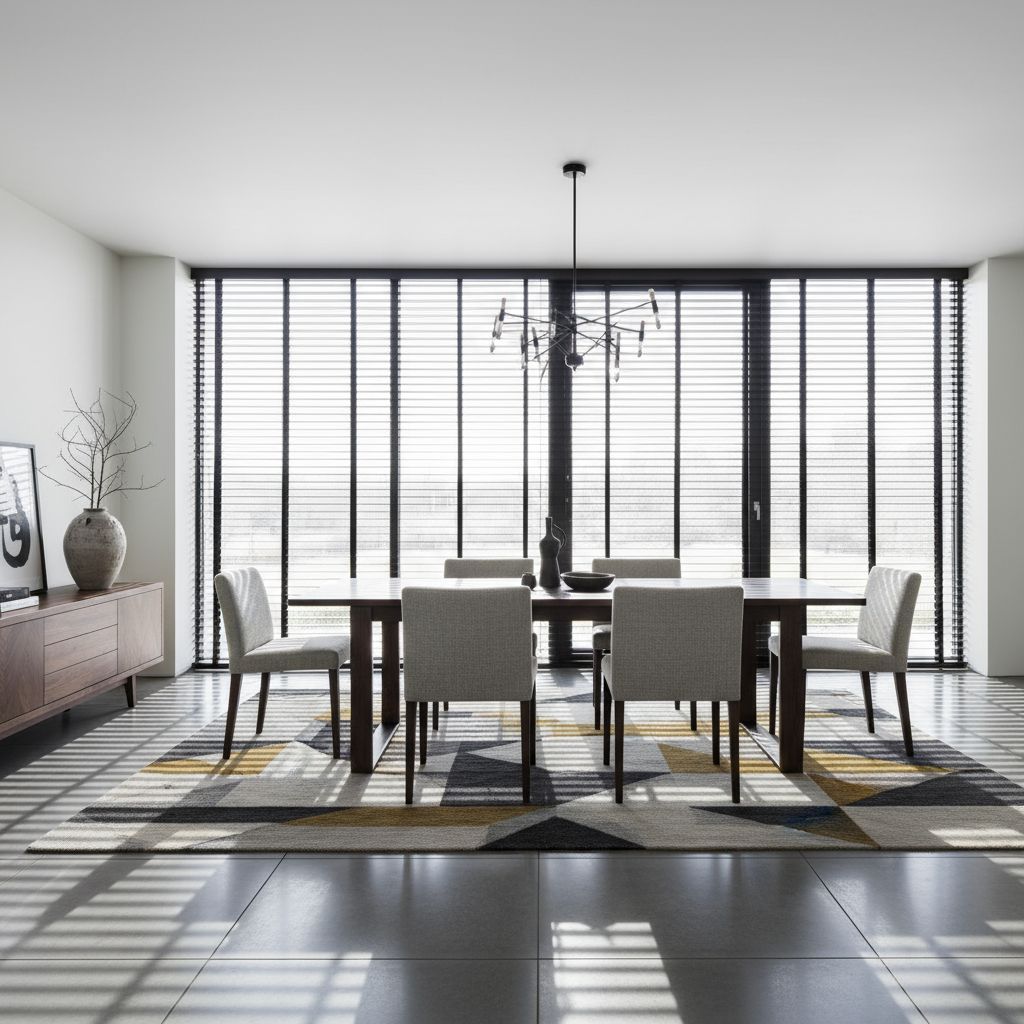
Echo material texture in window coverings.
- Leather: Rich fabrics like velvet
- Metal: Sleek blinds or crisp cotton drapes
- Glass: Minimalist roller shades
Using Color, Pattern, and Texture Smartly
Color schemes: complementary vs. analogous vs. accent
- Complementary: Opposite colors for bold contrast
- Analogous: Colors next to each other on the color wheel for harmony
- Accent: Neutral base with a pop of color
Pattern balancing
Avoid competing prints. If your furniture is patterned, keep treatments simple. If furniture is plain, add patterned curtains or shades.
Texture layering
Layer fabrics for depth. Sheers under heavier drapes create flexibility and visual interest.
Bringing the outside in
For curb appeal, choose liners in colors that look attractive from outside.
This is especially important in areas with large or moisture-prone spaces, such as indoor spas or pool rooms, where visual harmony still matters. If you're working with such areas, consider moisture-resistant
window treatments for indoor pools that complement your flooring and furniture without compromising durability or style.
Layering and Functional Design Features
Layers for both style and substance
Combine shades with drapes, or sheer panels with blackout curtains, for both beauty and function.
Functionally adapt per room
- Bedrooms: Blackout curtains for rest
- Kitchens: Easy-clean roller shades
- Living rooms: Layered fabrics for flexibility
Design Flow Across Open-Concept and Connected Spaces
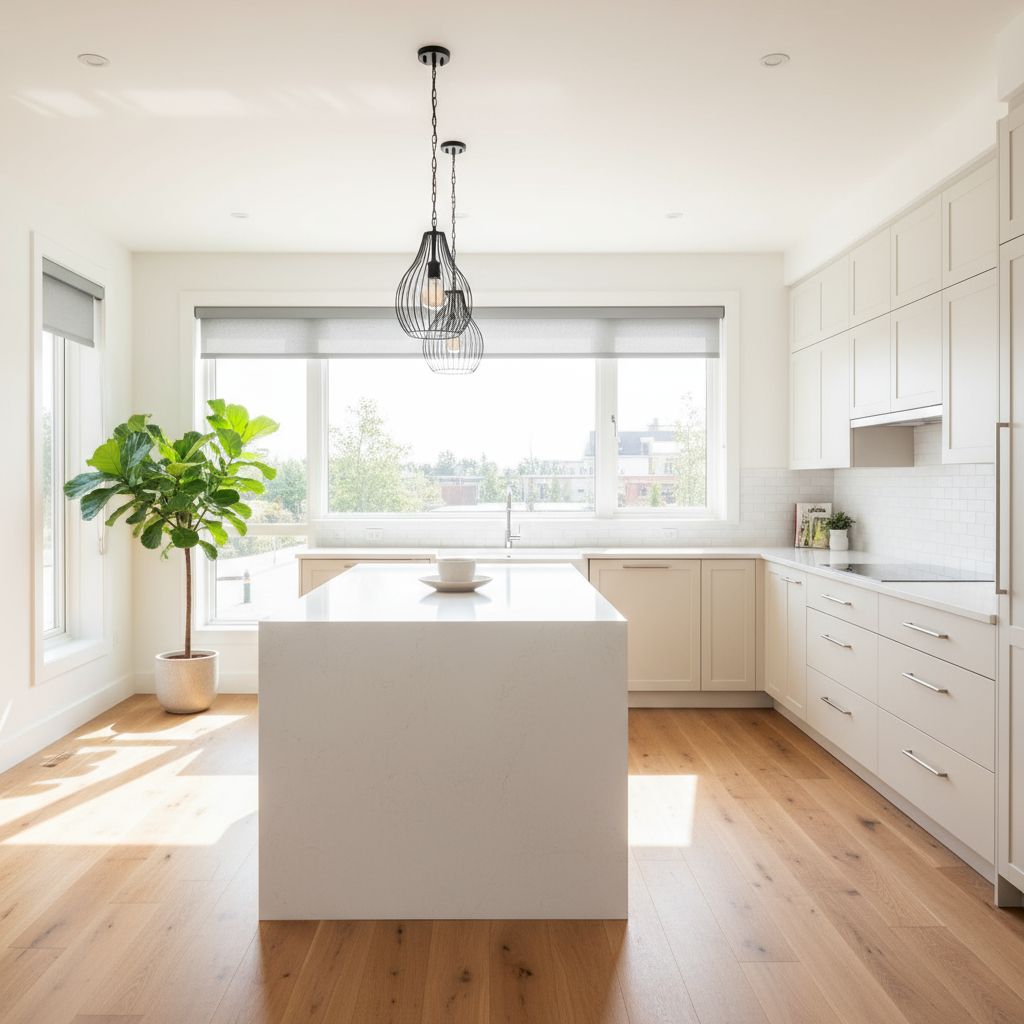
Repetition and consistency
Use similar fabric or colors across connected rooms to maintain flow.
Room-specific flexibility
In closed rooms, you can be bold and experimental. In open spaces, keep treatments consistent to avoid clashing.
Practical Installation and Final Touches
Proportion and scale
Curtains should touch the floor or slightly puddle. Hang rods higher than the window frame to create height.
Mood boards and sampling before purchase
Test fabric swatches against your furniture and flooring before committing.
Hardware and liner selection
Choose hardware that matches your furniture finish. Select liners based on privacy and insulation needs.
Quick Reference Guide
| Flooring type | Furniture | Treatment suggestion |
|---|---|---|
| Light hardwood | Dark leather sofa | Bold patterned drapes |
| Dark carpet | Neutral upholstered sofa | Light linen curtains |
| Warm tile | Light wood table | Beige woven shades |

